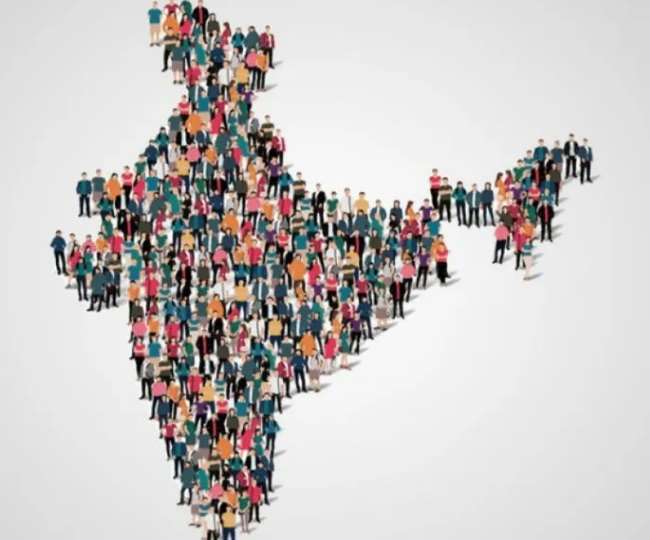A comprehensive census specifically focused on caste demographics hasn’t been conducted in India since Independence. Both private and government bodies have undertaken various data collection attempt, providing glimpse into this complex societal structure.
Before Bihar’s initiative to conduct its own survey, publicly available data on caste demographics was scarce. The Centre for Monitoring Indian Economy (CMIE) have offered valuable insights into household financial conditions and consumption patterns.
The result of the pandemic showcased a sharp contrast, the upper-caste segment encountered fewer setbacks compared to Scheduled Castes (SCs), who faced protracted challenges in recovery. This divergence has significantly decreased the optimism about the future among those positioned at the lower rungs of the caste hierarchy.
The recent revelations from Bihar’s survey, gradually disclosed between October and November, have reignited discussions about caste dynamics. Bihar’s demographic landscape, as revealed by the National Family Health Survey (NFHS-5) conducted from 2019 to 2021, indicates a higher concentration of SC and Other Backward Classes (OBC) compared to the national average. This stage stands for caste-related issues to become remarkable in electoral discourse.
Bihar also struggles with substantial hurdles in providing adequate employment opportunities, with only about 8.5% of workers securing regular salaried jobs, a figure even lower than states with slower developmental progress. Notably, the survey data from Bihar underscores that 43.9% of the SC community earns below Rs 6,000 per month. Responding to this inequity, the Bihar Assembly passed a bill to augment overall caste-based reservations.
The disparities extend beyond income; wealth distribution across different caste groups exhibits pronounced gaps, with a larger percentage of the SC and Scheduled Tribe populations positioned in the lowest wealth quintile. Access to education further amplifies these divisions, with marginalized sections experiencing substantially fewer median years of schooling.
This data shows how caste differences continue to affect money, jobs, education, and who gets wealth. It shows the ongoing challenges faced by criticized communities in India.

